Your search returned more than 50 results. The 50 most relevant results are displayed.
Team members bring diverse backgrounds and deep experience in both infrastructure and equities markets to our funds.
This paper outlines the key challenges for EV acceptance, analyses the rollout of EV charging infrastructure around the world, and considers practical ideas for investors to super-charge the uptake of EV.
Global Listed Infrastructure delivered mixed returns during the March quarter. Hopes that recent banking sector weakness may cause the pace of interest rate rises to slow were offset somewhat by persistent concerns for high inflation.
Our Global Listed Infrastructure team combines specialised knowledge and skills with a disciplined investment process to deliver long term capital growth and inflation protected income by investing in the shares of companies around the world that own or operate infrastructure assets.
Global Listed Infrastructure rallied into the year-end, helped by indications that the contagious Omicron variant may prove less economically disruptive than initially feared. The FTSE Global Core Infrastructure 50/50 index returned +7.3%, while the MSCI World index^ ended the month +4.3% higher.
Global Listed Infrastructure held up as investors grew increasingly concerned about rising inflation and future interest rate increases. US Consumer Price Index jumped by a higher-than-expected 8.5% in March compared to a year earlier, the largest annual gain since December 1981. The FTSE Global Core Infrastructure 50/50 index returned -3.7% in April, while the MSCI World index^ ended the month -8.3% lower.
Global Listed Infrastructure climbed in the December quarter on hopes that interest rates may increase at a slower pace than previously anticipated; and as China lifted its strict covid restrictions.
Tap into a relatively stable investments in real assets, infrastructure, property and essential services we all rely upon
Demand has remained strong across airports and toll roads globally. This strong demand seems somewhat counter-intuitive to the uncertain economic outlook and significant cost of living pressures throughout the world.
As we inch closer to a COVID-19 recovery, what is the outlook for listed infrastructure and infrastructure investing? Not all sectors have been impacted equally, or will recover at the same pace.
Rebecca Sherlock, Global Listed Infrastructure Portfolio Manager, delves into the missing jigsaw piece in the transition to a clean energy economy.
Global Listed Infrastructure decreased as central bank tightening measures, elevated inflation levels and concerns for lower economic growth rates continued to weigh on financial markets.
Mounting concerns for higher interest rates caused widespread turbulence in financial markets during the September quarter.
Global Listed Infrastructure delivered mixed returns in November following news of a potentially more infectious coronavirus variant, and on indications that the US Federal Reserve may start to reduce monetary stimulus measures sooner than expected. The FTSE Global Core Infrastructure 50/50 index returned +0.2%, while the MSCI World index^ ended the month +1.3% higher.
The best performing infrastructure sector was Railroads (+14%). North American freight rail operators shrugged off supply chain hold-ups to deliver very strong earnings results. Pipelines (+6%) continued to gain on the view that high energy prices and a recovering global economy would provide the sector with favourable operating conditions.
The best performing infrastructure sector was Airports (+6%), on US plans to ease pandemic-related restrictions in November for air travellers from 33 countries including China, India, Brazil and most of Europe. Pipelines (+5%) gained on the view that strong energy prices would prove supportive of the growth outlook for these companies.
We recently spent several weeks in the US visiting listed infrastructure management teams, regulators, politicians, industry associations and conducting asset tours. The following paper provides an overview of our findings.
In this video Rebecca Sherlock, Global Listed Infrastructure Portfolio Manager, outlines actions active managers can take to influence companies
Global listed infrastructure companies outperformed both global equities and bonds in 2022. We believe the financial and economic factors contributing to this outperformance may remain in play in 2023.
Global Listed Infrastructure performed well against a volatile market backdrop, fuelled by persistent concerns for higher inflation and lower growth.
We know we need to pivot our approach if we are to minimise the environmental impacts of our business operations, no matter where our offices are based. In March 2022, we announced a firm-wide target to reduce greenhouse gas emissions across our business operations in line with a target of net zero emissions by 2030 (or sooner).
Value Assessment
Global Listed Infrastructure delivered strong returns in July, as lacklustre economic data sparked investor hopes that interest rate rises may increase at a slower pace than previously assumed.
Global Listed Infrastructure fell in the September quarter as market expectations that interest rates were likely to remain “higher for longer” were priced into valuations.
For infrastructure companies, looking after all stakeholders is a fundamental part of honouring their social license to operate. How companies behave, especially during challenging times, gives tremendous insight into their overall commitment to social responsibility.
Vaccine rollouts and government stimulus have led to expectations of higher economic growth, inflation and interest rates. This has put pressure on listed infrastructure returns with the asset class significantly underperforming global equities over the past 12 months. But with over 70% of the investible universe able to pass through the cost of inflation to consumers, are these fears overblown? Global Listed Infrastructure Portfolio Manager Trent Koch explains why inflation can be positive for many infrastructure assets and how market uncertainty has created a compelling investment case for the asset class.
Read regular news updates, research papers, investment strategy updates and thought pieces from our leading investment experts.
Our responsible investment strategy is founded on a strong governance framework. A key part of good governance are policies which set clear expectations for our people. Transparency is also an important component of good governance as it allows our clients and other stakeholders to hold us accountable.
The best performing infrastructure sector for a second consecutive month was Energy Midstream (+6%) following strong December quarter earnings numbers. Rising energy prices, reflecting the view that sanctions would impede Russia’s oil and natural gas exports, provided the sector with additional support.
The best performing infrastructure sector was Towers / Data Centres (+7%), which gained on easing bond yields, positive earnings results and the anticipation of higher growth rates as telecom operators ready themselves to deploy 5G equipment onto tower sites at scale.
The best performing infrastructure sectors were Water / Waste (+9%) and Electric Utilities (+4%), as investors sought defensive assets against a backdrop of rising Delta variant case numbers. The worst performing infrastructure sector was Pipelines (-2%), which consolidated strong year-to-date gains. Toll roads (-1%) also lagged, with Emerging Market operators affected by the uncertain pace of traffic recovery.
Global listed infrastructure underperformed in 2023 owing to rising interest rates and a shift away from defensive assets. Relative valuations are now at compelling levels. Infrastructure assets are expected to see earnings growth in 2024 and beyond, aided by structural growth drivers.
At First Sentier Investors, curiosity is at the heart of all we do. It shapes our investment philosophies, guides our investment processes and drives our distinctive, research-driven approach to investment management.
The best performing infrastructure sector was Towers (+6%), on the view that the rollout of next-generation networks would be supportive of tower earnings growth. Lower bond yields provided an additional tailwind to these interest rate sensitive companies. Pipelines (+5%) also gained against a backdrop of higher energy prices and increasing hydrocarbon demand.
2024 was a good year for global listed infrastructure. Strong earnings for energy midstream and a step-change in the earnings growth outlook for utilities helped the asset class to shrug off rising bond yields and political uncertainty.
The two best performing infrastructure sectors for a second consecutive month were Electric Utilities (+4%) and Water / Waste (+3%). US electric utilities were supported by a positive June quarter earnings season, and a renewed focus on their longer term opportunities to invest in transmission infrastructure and renewables.
American Listed Infrastructure (ALI) has seen a significant increase in Merger and Acquisition (M&A) activity. Private market and foreign corporate buyers are paying premiums of 25% to listed markets, often for non-controlling stakes. This M&A illustrates the intrinsic value available to investors in the ALI asset class. We expect M&A will continue for a number of years. This will deleverage balance sheets, reduce equity needs and recycle capital from non-core to core activities, thereby raising the quality of the ALI asset class.
Each investment team has developed a climate change statement and carbon footprint report. We provide a combined footprint for all listed equity portfolios and individual listed equity team carbon footprints.
The quantitative investing universe can be confusing - whether you might have been afraid to ask or yet to discover these terms, we’re here to help.
Global Listed Infrastructure delivered mixed returns during the March quarter, despite positive investor sentiment and generally robust fundamentals.
Global Listed Infrastructure delivered strongly positive returns during the September quarter, aided by robust quarterly earnings numbers and the US Federal Reserve’s first interest rate cut since 2020.
The best performing infrastructure sector was Pipelines (+3%), reflecting exceptionally strong March quarter earnings numbers, a disciplined approach to capex spending, undemanding valuation multiples and a higher oil price.
Making a difference to the communities where we live, work and invest through philanthropy has been a focus for our business for over a decade. This is also an important part of our corporate value of ‘care’ to societies in which we operate. The First Sentier Foundation is our philanthropic initiative, founded in 2012 and dedicated to building sustainable lives through education.
A growing consensus that interest rate cuts were likely in 2024 drove a strong quarter for Global Listed Infrastructure, with gains for every infrastructure sector and region.
Global Listed Infrastructure held up relatively well in August as renewed concerns about inflation and rising interest rates weighed on financial markets.
Learn how we are embedding a culture of responsible investment stewardship to ensure better outcomes both financially and for society in general.
Climate change and global warming pose systemic risks to society and the global economy. It impacts the availability of resources, the price and structure of the energy market, the vulnerability of infrastructure and the valuation of companies.
Global Listed Infrastructure dipped in the June quarter as investors focused on higher beta segments of the market.
Global Listed Infrastructure delivered positive returns during the June quarter, reflecting positive investor sentiment and generally robust fundamentals.
The best performing infrastructure sector was Railroads (+11%), on the view that higher commodity prices would prove supportive of North American freight rail operators. Towers / Data Centres (+11%), which had underperformed in January and February owing primarily to concerns for rising rates, gained ground as investors refocused on these companies’ strong fundamentals and structural earnings growth drivers.
Get the right experience for you
Your location :  Denmark
Denmark
Australia & NZ
-
 Australia
Australia -
 New Zealand
New Zealand
Asia
-
 Hong Kong (English)
Hong Kong (English) -
 Hong Kong (Chinese)
Hong Kong (Chinese) -
 Singapore
Singapore -
 Japan
Japan

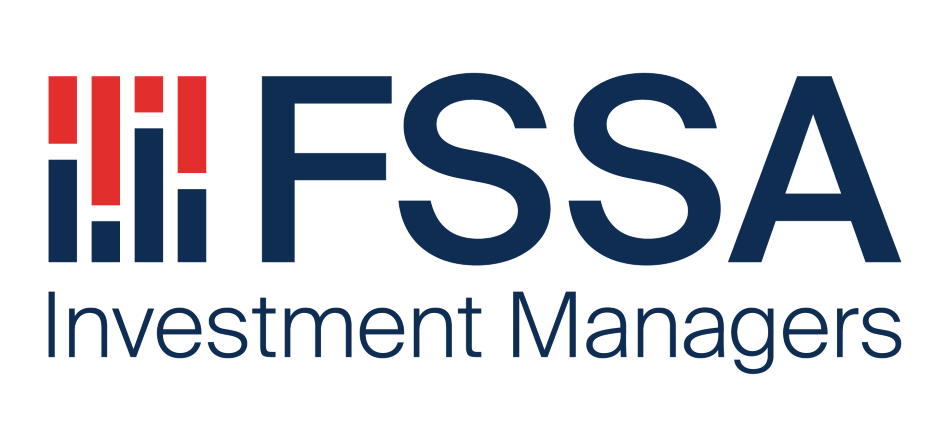
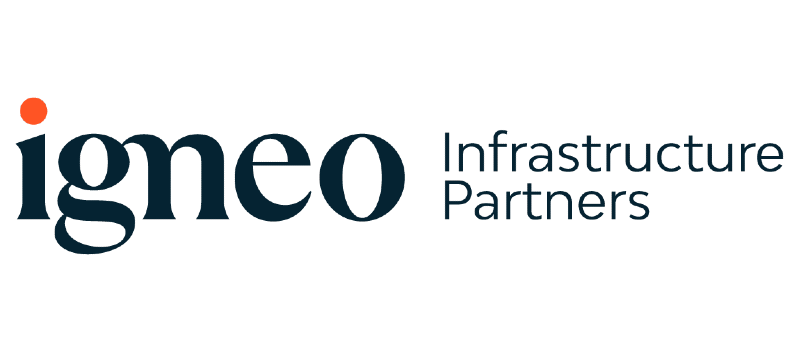
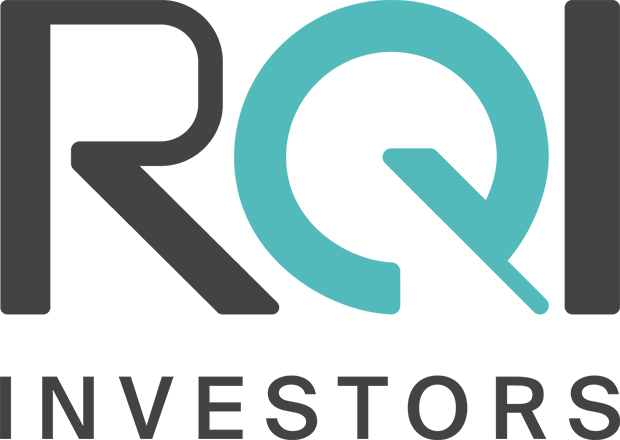


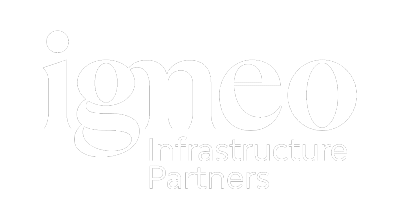


















 United Kingdom
United Kingdom 